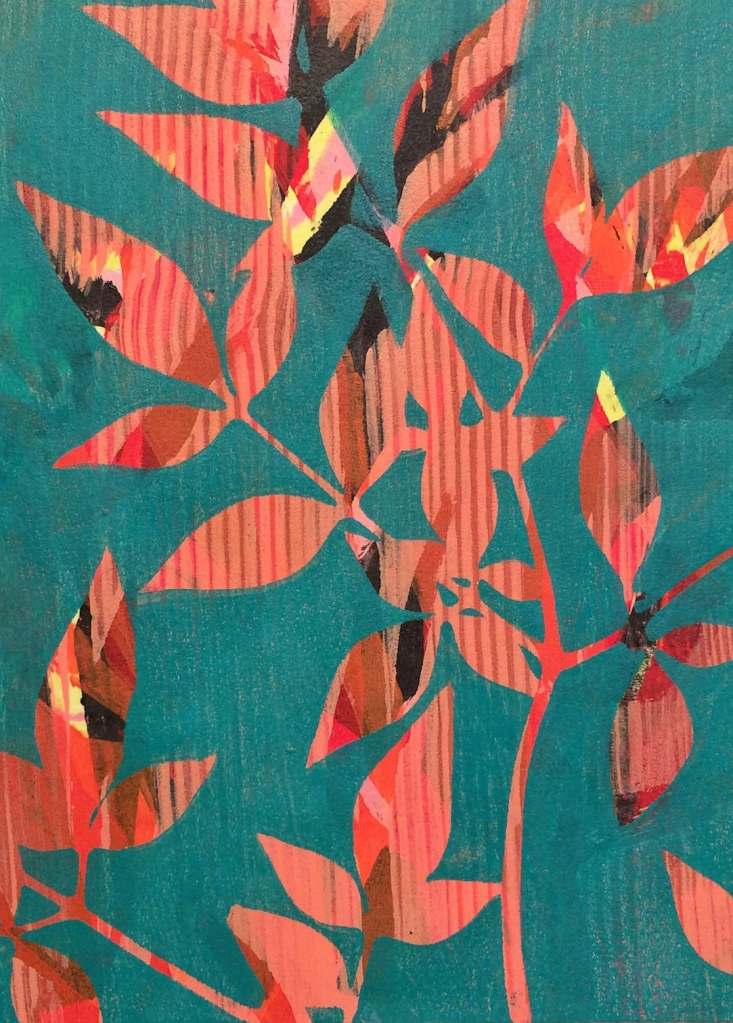 When you're in a yoga class, the teachers often refer to "your practice," a phrase that both personalizes one's practice and places the responsibility for it squarely on one's shoulders (or should I say palms and feet?) When my teacher was directing a complicated pose the other day and used the phrase "if you have it in your practice," those words that simultaneously reassured and challenged me.
When you're in a yoga class, the teachers often refer to "your practice," a phrase that both personalizes one's practice and places the responsibility for it squarely on one's shoulders (or should I say palms and feet?) When my teacher was directing a complicated pose the other day and used the phrase "if you have it in your practice," those words that simultaneously reassured and challenged me.
I'm taking them to heart and applying them to an event that's just up the road, my first Open Studio event in several years. I always get excited about the idea of an open studio, but as the date gets closer, the idea of opening my house to people feels like the proverbial dream where I look down and realize I've forgotten to put on my shirt. Exposed.
But here's the thing: I love being up in my studio and making my work, watching it fill up the walls. But there's another part to the process of making art that I struggle with: sharing it. Its a way of completing the circle, to bring what is internal out and allow the world to see it.
I do want to share it, but that feeling of exposure is uncomfortable. And that's where yoga comes in. Perhaps, I thought, I could see the whole thing simply as a continuation of my art practice, something that is actually a natural extension of making the work.
In a practice, whether it's an art or yoga practice, the important thing is to show up. As I thought about this, I began to feel more confident and I got curious about this idea of practice. I read different yoga blogs to get a feel for what different teachers meant by practice. While they generally agreed on the physical benefits, I collected different tips about how to maintain a practice:
•Set an intention or goal and set aside time for that each day. • Stay positive -- know that it is possible. • Be patient with myself; honor my body. •Acknowledge my accomplishments, big or small. • Continue my practice. Combine these points with a heaping portion of non-judgement and compassion, and I've got a good recipe.
So far, so good. I've been staying tuned into Art Hannah. I think that the most exquisitely difficult and simultaneously most rewarding part of the practice is this: I can't make my art or my home or myself anything other than 'what it is' or 'what I am' --and that if I am completely myself and my art is too, there isn't any better place to be.
--and that if I am completely myself and my art is too, there isn't any better place to be.
